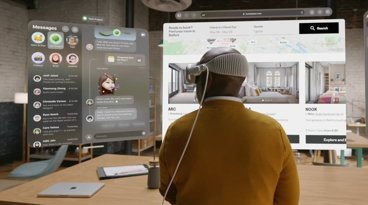Future EarPods may use sensors to detect users' ears, control noise cancellation and music playback
In the shadow of Apple's recent acquisition of Beats Electronics, known for its aftermarket headphone hardware, a pair of Apple patent filings published on Thursday show an earbud design that can detect user's presence based on data from onboard sensors.
With smartphone manufacturers pressed to increase battery life while at the same time adding new features, engineers are constantly looking for ways to optimize hardware control systems for maximum power efficiency. Apple's most recent patent applications look to do just that by creating earphones that automatically deactivate power-hungry features when a user removes them.
As published by the U.S. Patent and Trademark Office, Apple's patent applications for "Ear Presence Detection in Noise Cancelling Earphones" and "Electronic Devices and Accessories with Media Streaming Control Features" describe two systems in which sensors are used to detect a user's presence and consequently turn certain functions on or off.
Both patent applications deal with similar or identical technology, incorporating the same patent illustrations and language, but put to different uses. Automated power saving functions are the main goal, however, as seen below.
In the first invention specifically dealing with noise cancellation technology, Apple describes a basic earphone structure that can house both a speaker and noise canceling microphone. In one embodiment, the phone does the heavy lifting in signal processing, while another offloads the task to circuitry onboard the earphone or, in some cases, headphone.
As described in the document, the noise cancellation system works in much the same way as the current iPhone implementation, with one or mics picking up audio signals, routing them to processing components and feeding an equal and opposite signal to the speaker. This process can be accomplished either on the device or completely through the audio accessory.
Unlike current Apple devices, however, the smart earphones in both patents use so-called "ear presence" sensors, which include accelerometers, capacitive touch sensors, force sensors, acoustic sensors and ultrasonic sensors, just to name a few. For example, the metal mesh screen normally used to protect a speaker's delicate internal components can be made of conductive material to create a electrical resistance-based sensor.
Using these embedded sensors, the earphone and corresponding circuitry can determine whether the unit is in a user's ear, which informs control components to turn power-hungry noise canceling operations on or off.
In the second patent filing, Apple details a similar ear presence sensor setup, but applies it to media playback services such as music streaming. For example, when a user puts their earbud in or takes it out, a streaming music service can start or stop playing. This particular solution would likely save much more power as streaming media over wireless or even Wi-Fi is a power intensive operation.
The second application mentions a few other sensor types not covered in Apple's noise canceling filing like temperature sensors, though the endgame is power savings through system automation.
With Apple's recently-announced $3 billion Beats acquisition, the company said it would keep both Beats Music and Beats Electronics as separate distinct brands. This means bundled earphones like the current EarPods will likely be improved as Apple-branded products going forward and could one day feature ear presence sensors as described in Thursday's patent applications.
Alternatively, Apple now has the option to apply the invention to Beats headphones, merging the audio company's noise canceling tech with automated power on/off functions.
Apple's smart earphone patent applications were both filed for on Nov. 29, 2012. The noise canceling property credits Nicholas A. Rundle as its inventor, while Alessandro Pelosi worked on the music streaming application.
 Mikey Campbell
Mikey Campbell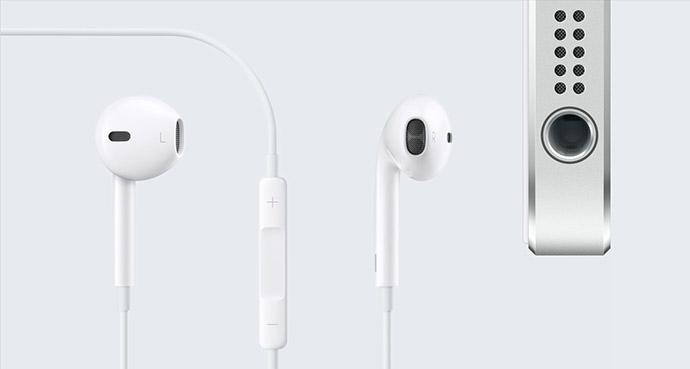
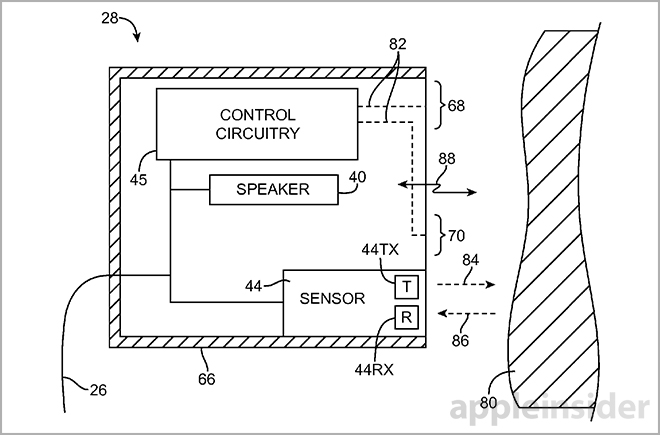
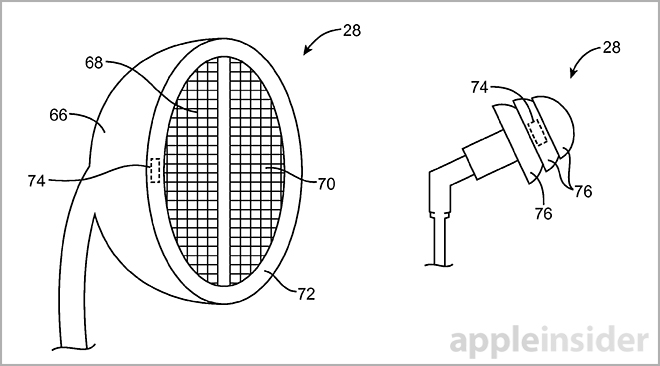
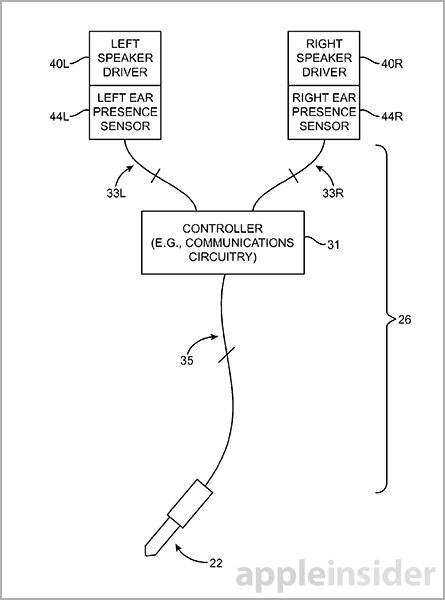



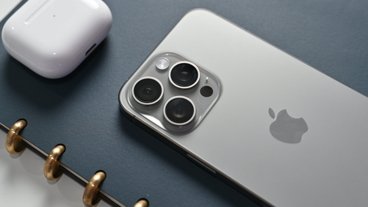
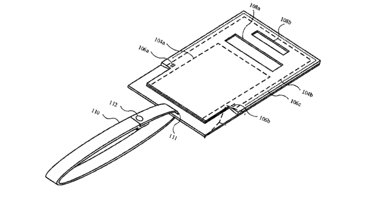






 Malcolm Owen
Malcolm Owen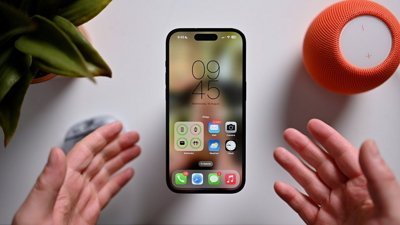
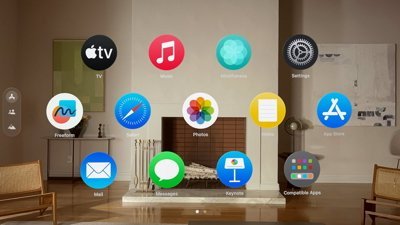

 William Gallagher
William Gallagher

 Christine McKee
Christine McKee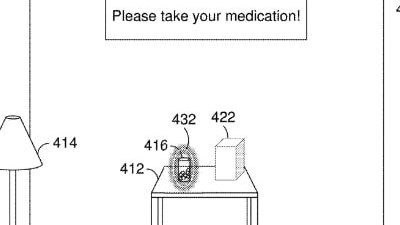
 David Schloss
David Schloss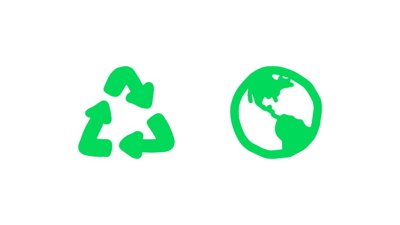
 Amber Neely
Amber Neely

